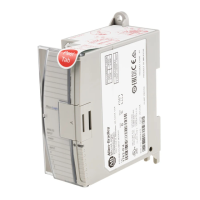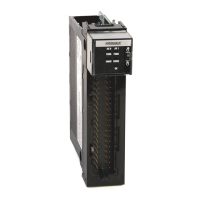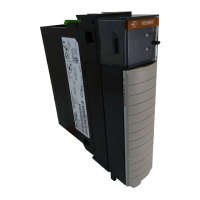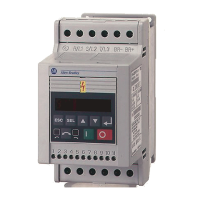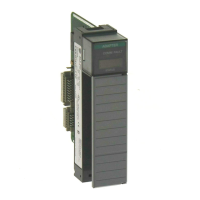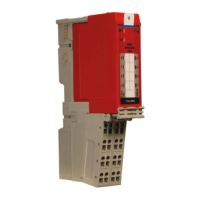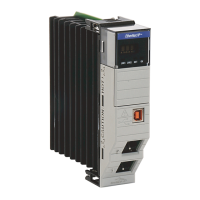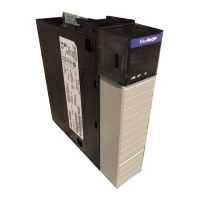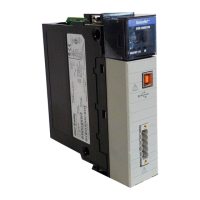Publication 1762-RM001C-EN-P
1-14 I/O Configuration
I/O Forcing
I/O forcing is the ability to override the actual status of the I/O at the
user’s discretion.
Input Forcing
When an input is forced, the value in the input data file is set to a
user-defined state. For discrete inputs, you can force an input “on” or
“off”. When an input is forced, it no longer reflects the state of the
physical input or the input LED. For embedded inputs, the controller
reacts as if the force is applied to the physical input terminal.
Output Forcing
When an output is forced, the controller overrides the status of the control
program, and sets the output to the user-defined state. Discrete outputs
can be forced “on” or “off”. The value in the output file is unaffected by
the force. It maintains the state determined by the logic in the control
program. However, the state of the physical output and the output LED
will be set to the forced state.
Input Filtering
The MicroLogix 1200 and 1500 controllers allow users to configure groups
of DC inputs for high-speed or normal operation. Users can configure
each input group’s response time. A configurable filter determines how
long the input signal must be “on” or “off” before the controller
recognizes the signal. The higher the value, the longer it takes for the
input state to be recognized by the controller. Higher values provide more
filtering, and are used in electrically noisy environments. Lower values
provide less filtering, and are used to detect fast or narrow pulses. You
typically set the filters to a lower value when using high-speed counters,
latching inputs, and input interrupts.
Input filtering is configured using RSLogix 500 programming software. To
configure the filters using RSLogix 500:
1. Open the “Controller” folder.
2. Open the “I/O Configuration” folder.
3. Open slot 0 (controller).
4. Select the “embedded I/O configuration” tab.
NOTE
When an input is forced, it has no effect on the input
device connected to the controller.
NOTE
If you force an output controlled by an executing PTO or
PWM function, an instruction error is generated.
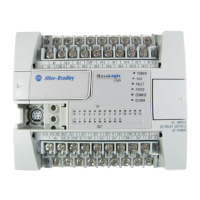
